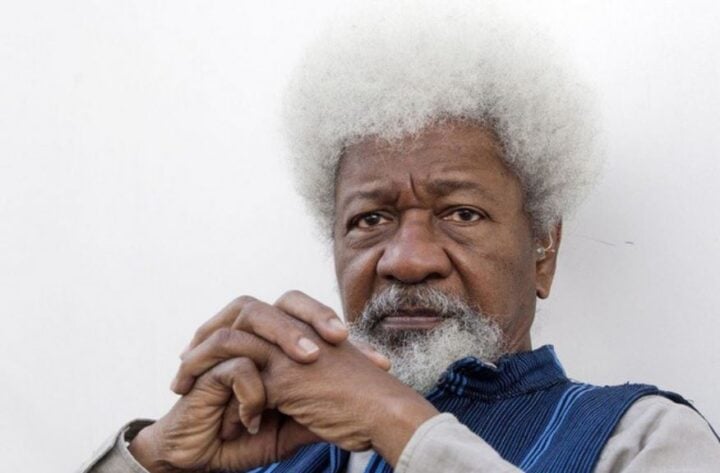Film Review: Daughters, Wives and a Mother (1960) by Mikio Naruse
"They say women and stockings have grown stronger, but the poor housewife!"
Discussions of Mikio Naruse‘s “Daughters, Wives and a Mother” often highlight the numerous actors who appear in the movie, which likely contributed to its success upon release. It isn’t hard to see why. The large ensemble cast stands out, its size rivaling that of some of Toho’s war features, such as Kihachi Okamoto‘s “Japan’s Longest Day,” and samurai epics, like Hiroshi Inagaki‘s “Chushingura.” Yet beyond that novelty, the real question is how it holds up altogether. The answer is that it’s a film that succeeds in certain areas, but it also suffers from some significant flaws.
Set in Tokyo, the story follows an extended family who live in a spacious home. Aging widow Aki Sakanishi worries about her five adult children, who are facing personal and financial struggles. She’s particularly worried about her eldest daughter, Sanae Soga, who is not her biological child. Following the sudden death of her husband, a prestigious businessman, Sanae permanently moves back in with her in-laws, with the inheritance being left to her.
While watching “Daughter, Wives and a Mother,” one will notice how closely it resembles a film made by Mikio Naruse’s friend, Yasujiro Ozu. From its opening titles to its cinematography and themes of family, generational divides, and societal expectations, the movie strongly echoes the style of Ozu. While Naruse has also explored many of these same subjects in his distinctive style, the presentation here closely mirrors that of “Tokyo Story“.
Comparisons aside, the film does explore compelling themes, such as the complexity of extended family relationships and the way their lives are interconnected. For instance, Sanae is mourning her husband’s death while facing pressure from her in-laws to remarry, as they also question her intentions regarding the inheritance left to her, her mother-in-law being the one consistently supportive figure in her life. In contrast to her in-laws, she leads a more responsible life while they struggle with financial and domestic challenges. Interestingly, the mother, Aki, shares her strongest bond not with any of her biological children, who can be quite self-serving, but with her daughter-in-law, Sanae, highlighting the depth of their connection.
The film also includes some wholesome moments that offer warmth and emotional resonance. One sequence captures the characters hiking along a mountainside overlooking a grape field as they film their experience on a Super 8mm camera. This leads into arguably the film’s best scene, where, at a party, the family sets aside their differences and personal struggles to watch home movies together, creating a moment that is both nostalgic and heartfelt.
While these are great qualities, the film often fumbles due to a flawed script that undermines much of the narrative’s impact. Despite the exceptional writing typically associated with Toshiro Ide and Zenzo Matsuyama, this screenplay falls short of their usual standard. The story becomes difficult to follow due to the introduction of so many characters and numerous subplots. This could have worked had the writing and Naruse’s direction balanced the elements better, but it falls short.
Additionally, many of these characters lack significant development, making it difficult for the audience to become emotionally invested in their struggles. Although the family is large, the varying appeal of its members makes some parts tedious to sit through. Equally frustrating is the awkward handling of the various subplots in the narrative, including some involving the leads, some of which conclude rather clumsily.
Unfortunately, these flaws carry over into the movie’s uneven handling of its large ensemble cast. Despite having many great actors, the script falls short of utilizing their potential, leaving talents like Hideko Takamine, Akira Takarada, and Masayuki Mori with primarily so-so material to work with. Interestingly, one of the more effectively utilized actors in the movie is Ozu regular Chishu Ryu, who delivers a small but charming cameo that aptly ties into the film’s themes.
Despite the issue with how the cast is utilized, the film still features some good acting. The standout performance comes from Aiko Mimasu, who brings a gentle warmth to her role as the aging mother, Aki Sakanishi, convincingly playing a loving parent who shows concern for her children while reflecting on her life. Somewhat similar to her roles from Ozu’s “Noriko Trilogy,” Setsuko Hara does a solid job as the eldest daughter, Sanae Soga, who mourns her husband’s death while remaining close to her in-laws, especially her mother-in-law, Aki. Probably most surprising for Hara is the openly intimate romance she starts with co-star Tatsuya Nakadai, who plays the lovestruck Shingo Kuroki, including an onscreen kiss. Known for portraying morally complex or troubled characters, Nakadai takes a more gentle and restrained approach to this role, showcasing his versatility as an actor.
While Mikio Naruse primarily filmed his movies in black and white, he still demonstrated a skillful use of color in the handful of films where he employed it, as highlighted in this production. Cinematographer Jun Yasumoto adopts a more restrained style that recalls the aesthetic of Ozu’s movies while still preserving Naruse’s distinct style. Prominently showcased throughout the film is Japan’s rapid Westernization, particularly in its fashion, which encapsulates the style of the late 1950s and early 1960s. As expected, Ichiro Saito’s music score is a pleasant listen.
“Daughters, Wives and a Mother” is by no means a bad movie, but it falls short of Mikio Naruse’s finest works, landing more in the middle tier of his filmography. Beyond the appeal of its star-studded cast, it struggles to sustain a consistently engaging narrative, hindered by a weak script. However, some endearing moments and good performances help make it still worth watching.












